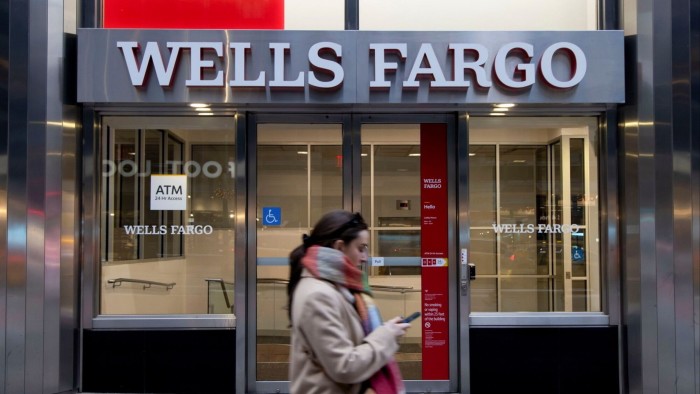Unlock the Editor’s Digest for free
Roula Khalaf, Editor of the FT, selects her favourite stories in this weekly newsletter.
The asset cap under which Wells Fargo laboured for seven years — finally lifted on Tuesday — remains one of the weirdest, and harshest, penalties meted out to a rogue financial institution. Having extensively defrauded customers, the bank was barred by the Federal Reserve in 2018 from growing its assets above $2tn. The cap was temporary; its impact is not.
Charlie Scharf, who took over as chief executive in 2019 after multiple scandals felled his two predecessors, has spent his time at Wells Fargo fighting through a thicket of consent orders, lawsuits and investigations. During that time, rivals have made hay, and lots of it. Bank of America and JPMorgan have grown their own balance sheets by 50 per cent and 70 per cent respectively, in round numbers.
That means a heap of profit that Wells Fargo has missed. Had Scharf’s bank grown as fast as Bank of America’s, its balance sheet today would be over $900bn bigger. At its current 1 per cent return on assets, Wells Fargo would be generating an extra $9bn a year of earnings. Value that on its current price-to-earnings multiple of 13, and the asset cap has cost the bank nearly $120bn of market capitalisation.
What now? Expansion, presumably. But it’s not obvious there’s much of it to be had. Demand for loans is modest at best; analysts expect the median large listed US bank to expand its lending by just 2.5 per cent this year, according to Visible Alpha. Rivals are mostly getting their growth from credit cards and loans to wealthy clients, neither of which are currently big businesses for Wells Fargo, historically a fairly traditional retail bank.
Investment banking — advising on mergers and underwriting — is one place Wells Fargo could certainly be bigger. Under Scharf, once a JPMorgan banker himself, fees have grown smartly, from $1.8bn in 2017 to $2.7bn last year, helped by big hires like corporate and investment bank head Fernando Rivas, who Scharf poached from his former employer. It’s still less than a third of what JPMorgan makes, but it’s a start.
The most painful part of Wells Fargo’s time under the dunce cap must have been watching other Wall Street giants mint fortunes from trading, exactly the kind of capital-intensive business an asset cap discourages. JPMorgan, Bank of America, Citigroup, Goldman Sachs and Morgan Stanley have collectively made $700bn in trading profit since 2018, while Scharf and his bankers watched wistfully from afar.
Wells Fargo can now get into that business with more gusto, for example offering short-term credit to institutional investors. There are other opportunities too: costs, bloated by clean-up efforts, should fall as a share of revenue. Scharf might consider acquisitions from among America’s 2,000 banks and innumerable fintechs. But the chance to catch up to JPMorgan, always a long shot, is probably gone forever.
Meanwhile, rogue behaviour remains a fact of life. The biggest five US banks, excluding Wells Fargo, have paid over $14bn in fines and penalties over the past seven years, according to the Good Jobs First Violation Tracker, for offences including discriminatory lending, unfair fees, money laundering and market rigging. The lesson: asset caps hurt a lot, fines barely at all. It’s probably time to consider something in the middle.
john.foley@ft.com
https://www.ft.com/content/d2753189-89d0-495f-9490-345d47412615


